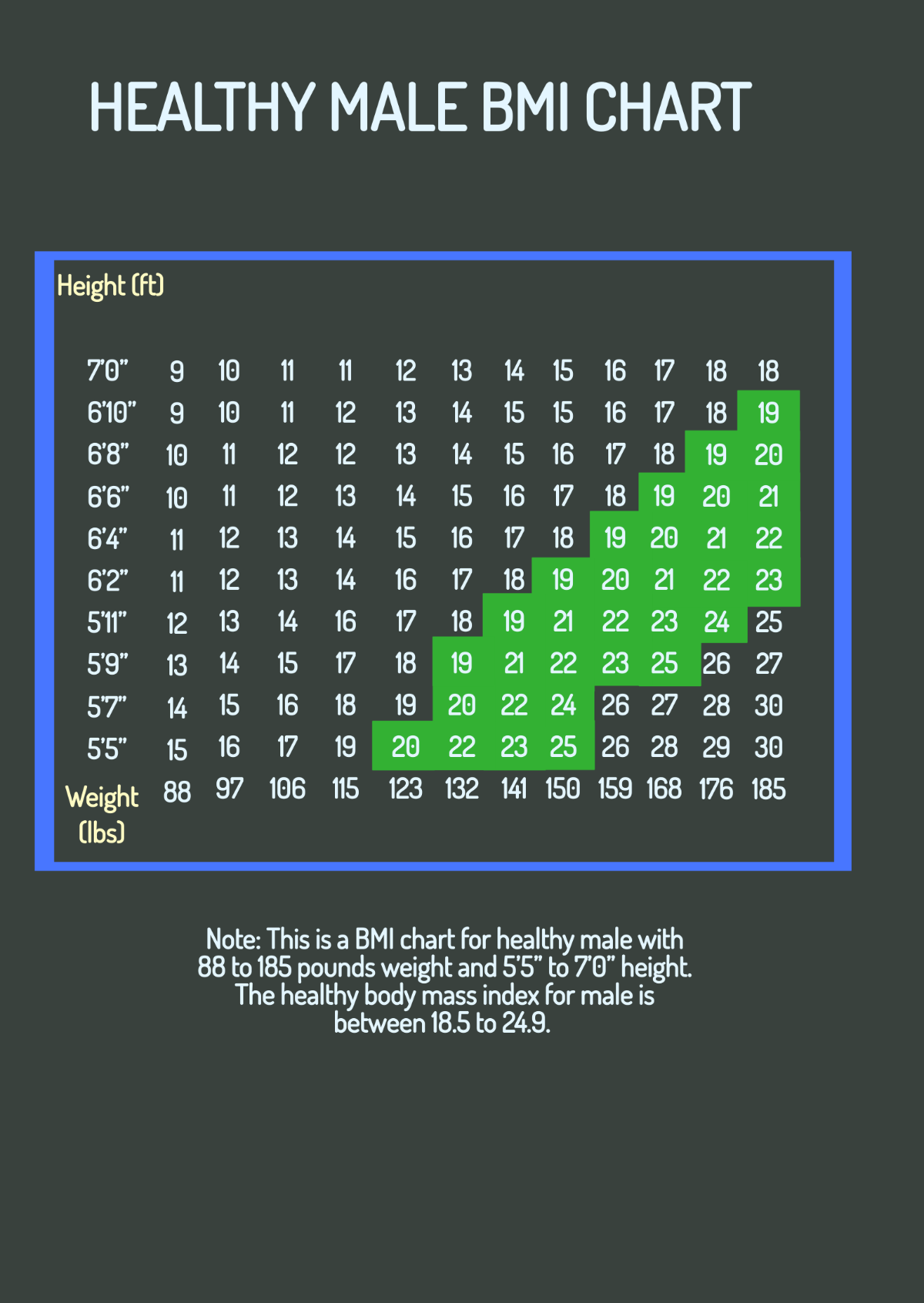Is it possible to efficiently manage and monitor Internet of Things (IoT) devices without incurring significant costs? The rise of open-source platforms and readily available tools is proving that comprehensive IoT device management doesn't have to break the bank.
The landscape of IoT is rapidly evolving, with a proliferation of devices generating vast amounts of data. Effectively managing these devices, from initial provisioning to ongoing monitoring and maintenance, is critical for realizing the full potential of IoT deployments. Traditionally, this has often involved expensive proprietary solutions, but the open-source movement offers a compelling alternative. Open-source platforms empower manufacturers and system integrators to take control of their device management infrastructure, providing flexibility, customization options, and the potential for significant cost savings. These platforms often include features like automated device provisioning, secure connection protocols, and the ability to create a digital representation of each device, offering real-time insights into its status and performance. Furthermore, the white-labeling capabilities often included allow businesses to maintain their brand identity.
The availability of free resources further democratizes access to IoT device management. Cloud IoT platforms, while offering powerful features, sometimes impose restrictions on free accounts. For instance, limitations on the number of linked variables or dashboards can impact the ability to visualize data effectively, potentially hindering the creation of trend graphs and comprehensive data analysis. These restrictions highlight the importance of carefully evaluating the specific needs of a project and exploring alternative solutions that provide a more flexible and cost-effective approach. Consider an example where a user wants to display data from a device on multiple dashboards; limitations on the number of linked variables could present a significant challenge. Navigating these constraints requires a strategic approach, potentially involving the use of dashboard switches or exploring open-source alternatives that offer greater freedom and control.
Here's a glimpse into the profiles of individuals navigating the tech landscape:
| Bio Data | Details |
|---|---|
| Name | Mike Bartlett |
| Experience | Alianza, Inc. |
| Education | University of Oxford (Keble College) |
| Location | Enfield |
| View Mike Bartlett's profile |
| Bio Data | Details |
|---|---|
| Name | Dragos Nedelcu |
| Experience | theSeniorDev.com |
| Education | Universidad Carlos III de Madrid |
| Location | Berlin |
| View Dragos Nedelcu’s profile |
The complexities of managing and visualizing data from IoT devices extend beyond the platform itself. The selection of appropriate tools and technologies for data visualization is also critical. Remote IoT display chart templates, particularly free solutions, can provide a starting point for creating compelling dashboards and insightful visualizations. Such templates can save time and resources, especially for projects with limited budgets. However, it's essential to select templates that align with the specific needs of the project and offer the desired level of customization. The choice of visualization tools should also consider the type of data being collected, the target audience, and the overall goals of the project.
The choice of database also plays a crucial role in efficiently managing time-series data generated by IoT devices. Options range from traditional relational databases to specialized time-series databases optimized for high-volume, time-stamped data. The open-source TimescaleDB extension for PostgreSQL is a compelling option, as it provides powerful time-series functionality on top of a well-established database platform. Furthermore, the availability of free tiers for projects, like the one offered by Tembo, makes it an accessible option for individuals and small teams. Considering the specific requirements of the project, the selection of a suitable database can significantly impact the performance, scalability, and overall cost-effectiveness of an IoT deployment.
The implementation of any IoT project requires careful consideration of geographical factors and the accurate representation of location data. When integrating location data into a system, it's critical to ensure that the displayed map accurately reflects the geographical coordinates of the devices. Issues with default map settings, such as the map defaulting to a specific location despite the entered coordinates, may arise. Such challenges require troubleshooting the environment settings within the container or platform where the IoT application is deployed. Careful configuration and potentially adjusting environment settings is necessary to ensure the map accurately displays the device locations, especially when dealing with global deployments. The use of free nautical charts in formats such as MBTiles can also be valuable.
The accessibility of open-source platforms and free resources has a transformative effect on the IoT landscape. By providing the ability to auto-provision devices and securely connect them to a platform upon startup, open-source solutions streamline the deployment process and significantly reduce the time and effort required for device configuration. This contrasts with the often-complex and costly device-management solutions offered by proprietary vendors. The advantages are further enhanced by the provision of white-labeling options, allowing companies to establish their branding. The trend towards open-source development offers an opportunity to manage IoT devices effectively and economically, while maintaining full control over their infrastructure.

